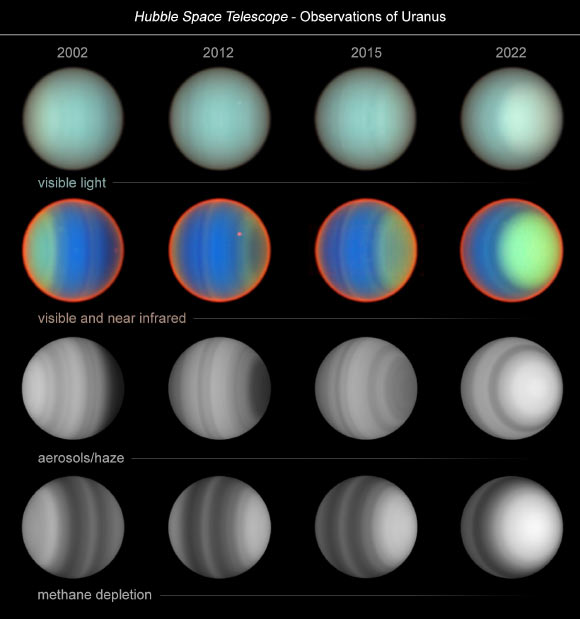
A 20-year Hubble study of Uranus provide valuable data for understanding the atmospheric dynamics of this distant ice giant, which can serve as a proxy for studying exoplanets of similar size and composition.
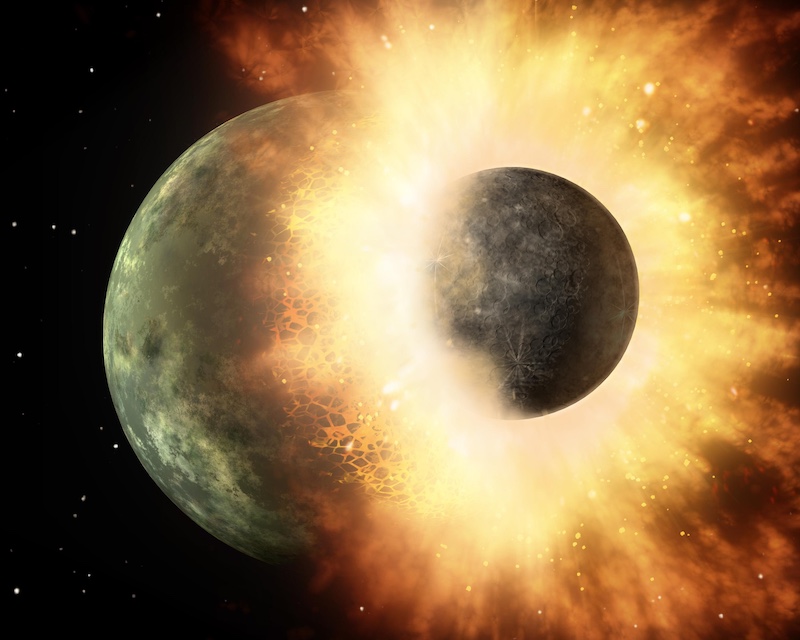
A grazing giant collision between two similar-sized rocky bodies likely created Mercury a few billion years ago.
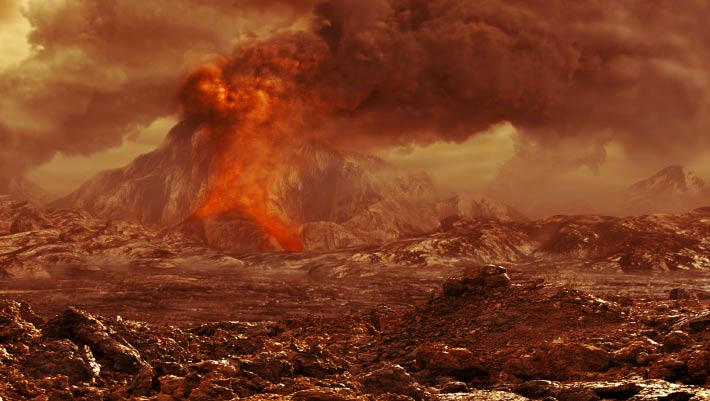
An unexpected phenomenon called convection could help explain many of the volcanoes and other features of the Venusian landscape.
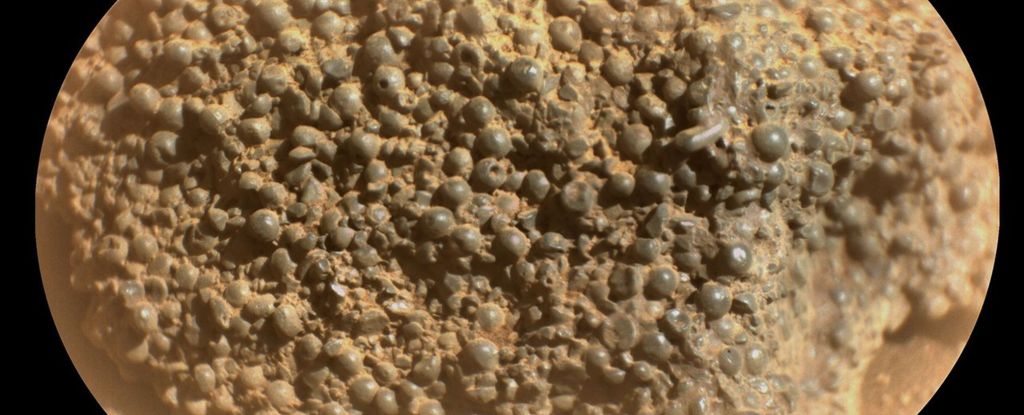
Once again, Mars has presented us with an example of something it seems to have in abundance: extremely peculiar and baffling rocks.

The main reason for space exploration is to search for life beyond Earth.

For the first time, NASA’s James Webb Space Telescope has captured bright auroral activity on Neptune.

Martian dust storms can potentially cause respiratory issues and elevated risk of disease, making them yet another health hazard space agencies need to prepare for, according to new research.

The discovery is one of the most significant findings in the search for evidence of past life on Mars.

The mineral content of oddly pale rocks found in Jezero Crater can only have formed under very warm, very soggy conditions – suggesting that, long ago, Mars may have been a lot more peculiar than we ever suspected.

ESA's Hera mission for planetary defence made the first use of its payload for scientific purposes beyond Earth and the Moon. Activating a trio of instruments, Hera imaged the surface of the red planet as well as the face of Deimos.

A team of astronomers from Taiwan, Canada, the United States, and France has observed 128 additional moons orbiting the gas giant Saturn, bringing its total number of confirmed moons to 274.

Millions of years ago, our Solar System traveled through a densely populated galactic region and was exposed to increased interstellar dust.
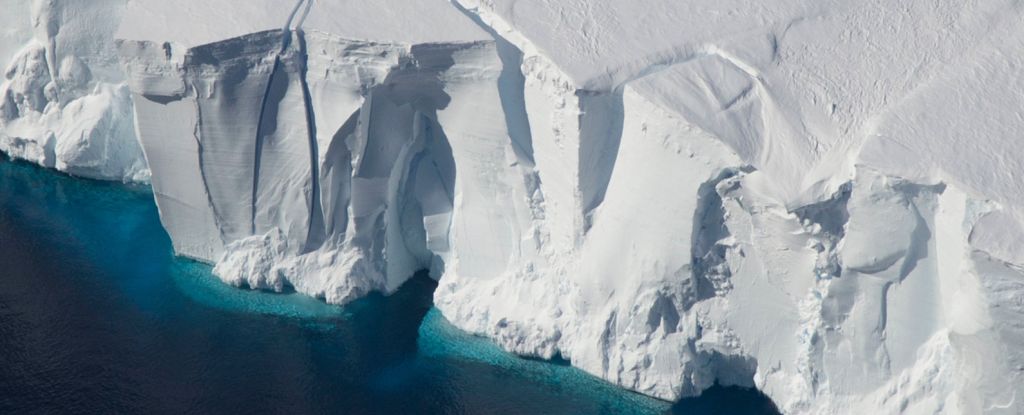
New research has demonstrated the precise relationship between past ice ages and each wobble, tilt, and angle of the planet's path, unlocking a new tool for predicting the future fluctuations of our global climate.

Data from Chinese Zhurong rover provide an unprecedented look into rocks buried near a proposed shoreline billions of years old. The researchers claim to have found beach deposits from an ancient Martian ocean.
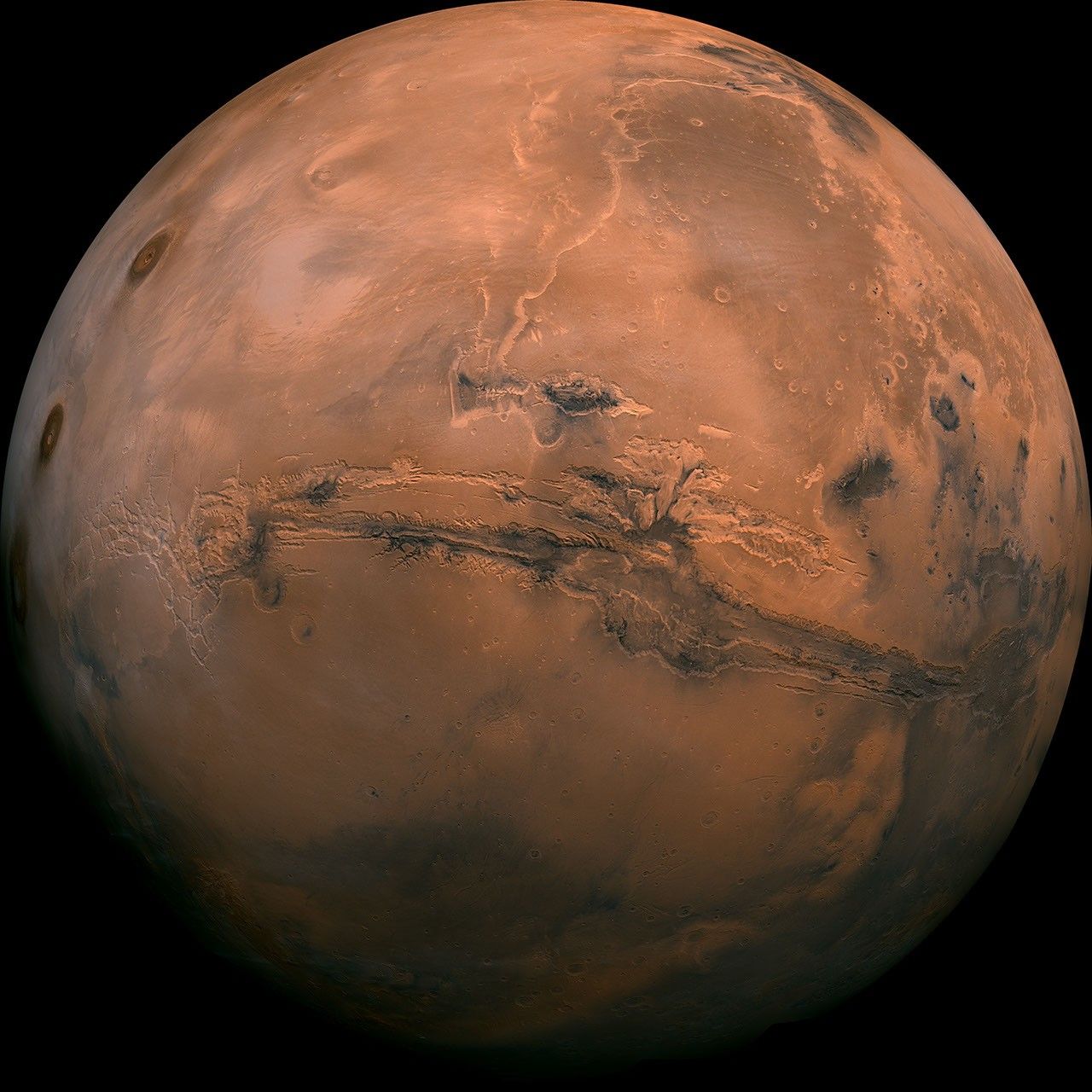
A new international study partially funded by NASA on how Mars got its iconic red color adds to evidence that Mars had a cool but wet and potentially habitable climate in its ancient past.